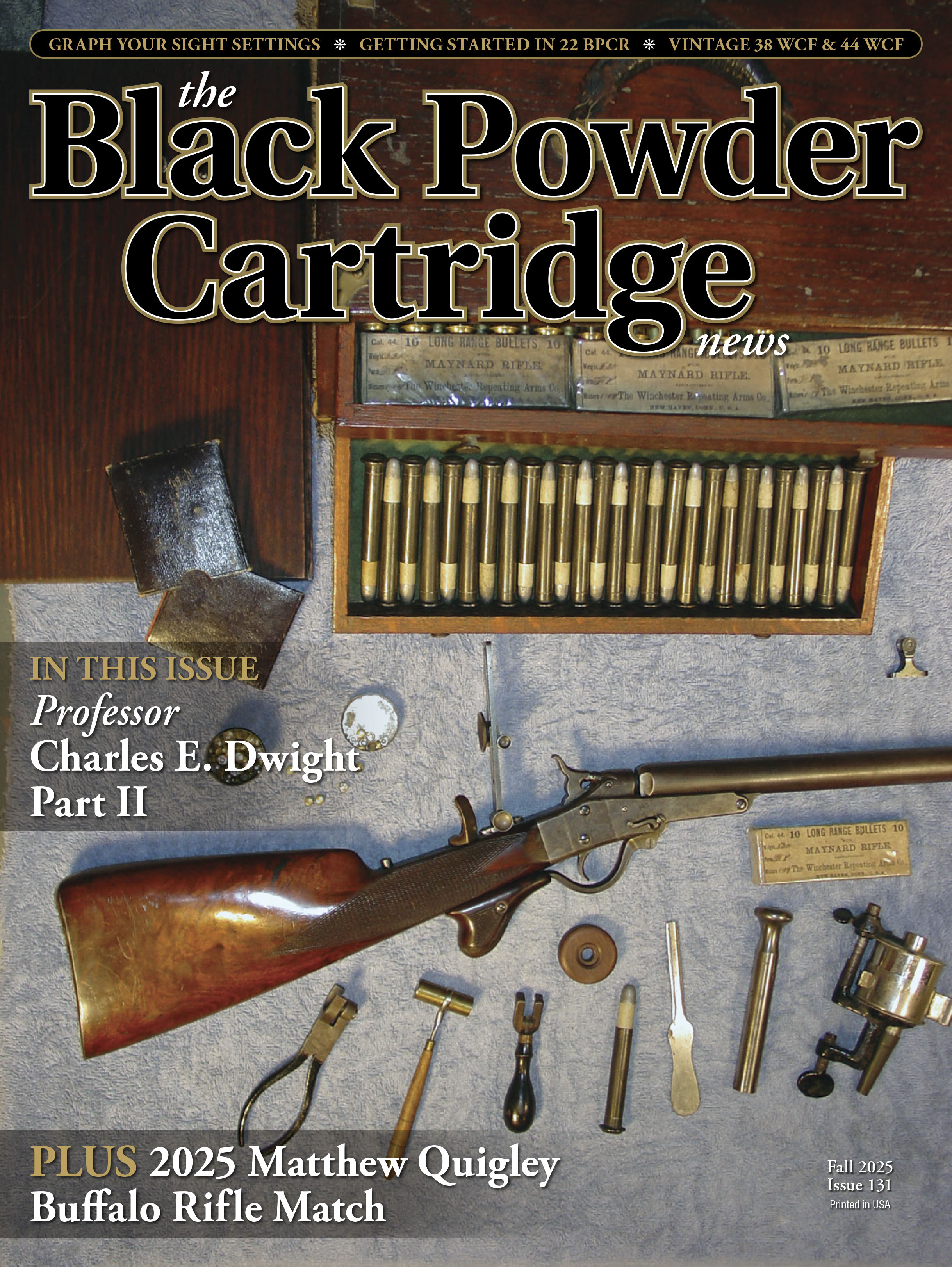Getting Started
22 Black Powder Cartridge Rifle Silhouette
feature By: Rick Moritz | September, 25
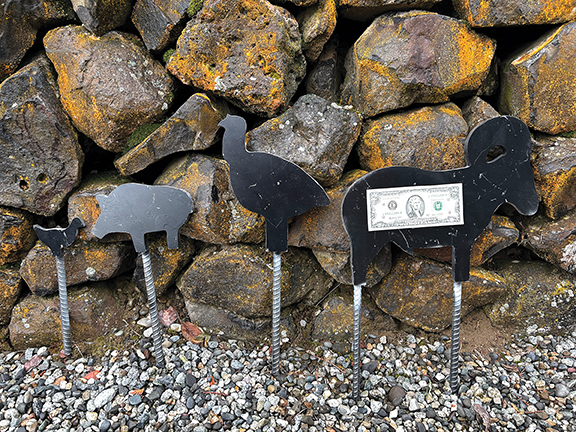
The 22 BPCR Association (22BPCRA) is a shooter-directed organization with a nine-person elected board, President, Vice President, Treasurer, and Secretary. The current President is Joe Scott from Kansas. He is a fine gentleman who runs an excellent shooting organization. The organization emphasizes the inclusion of children, wives, girlfriends, and significant others. These are not typical matches dominated by men but rather of a family atmosphere. The year’s highlight is the July National Championship held at the Whittington Center, Raton, New Mexico. The 22 BPCR range can hold up to 160 shooters, making for a significant event. It is the highlight of the shooting season for me. I might miss other matches, but I do not miss that one.
The 22 BPCR closely follows the silhouette rules of the Black Powder Cartridge Rifle (BPCR) discipline for targets and equipment. Of course, the distances shot and the target sizes are adjusted accordingly for the 22 Long Rifle cartridge. Annual membership dues for the BPCRA are $17. For this, you receive a booklet to record your scores. It also contains several pages to record BPCR scores, which is helpful, since the NRA no longer provides booklets. The website for the 22 BPCRA is 22bpcra.clubexpress.com.
TARGETS
The targets for 22 BPCR are dimensionally correct for the distances. They have been scaled directly from the full-size BPCR silhouette targets placed at 200, 300, 385, and 500 meters for chickens, pigs, turkeys, and rams. Targets for the .22 silhouettes are placed at 50, 100, 150, and 200 meters. This resulted in some unusual scaling of 2⁄5 for the ram and turkey silhouette, 1⁄3 for the pigs, and ¼ for the chickens. The distances selected were done for a very good reason. It allowed long-range pistol silhouette ranges with berms and stands at 50, 100, 150, and 200 meters to be used. Templates for the targets are available on the DZ Arms website: dzhepburn.com. To find these templates go to: Contacts, Downloads, Single 22 targets. Dan Zimmerman constructed the resettable targets used at the National Championships, so you can rest assured the target dimensions are correct. I had chicken targets made to the appropriate size based on the printed dimension on the target and used them to practice.
If you have a 50-meter chicken sight setting, you need to add six minutes of elevation to move from chickens to pigs, nine minutes from pigs to turkeys, and 10 minutes from turkeys to rams. These are my actual sight settings for the range at Raton using standard velocity ammo. Some ranges are laid out in yards, so that the settings will vary. These adjustments should get you near the targets.
EQUIPMENT
Like any similar BPCR match, you need a shooting mat and cross sticks. You might also want a clock to keep track of the allowable relay time and a notebook to record sight settings. Generally, you can share a spotting scope and spotting board. Of course, you will need a rifle. Using a regular BPC rifle with a 22 Long Rifle insert is possible. Shiloh Sharps (ShilohRifle.com) and Lee Shaver Gunsmithing (Stores.LeeShaverGunsmithing.com) offer liners for .40 and .45 caliber rifles. These liners convert a standard centerfire rifle into a 22 Long Rifle rimfire. They work well and are accurate enough to be competitive.
Based on equipment sheets submitted at the 2024 Nationals, the top three most popular rifles were the CPA Stevens 44½, the Winchester Model 1885, and the Ballard. The rules governing rifles parallel the NRA rules for BPCR. Allowable rifles are single-shot rifles with exposed hammers from the United States manufactured before 1896. Reproduction rifles are allowed and 90 percent of the rifles used in competition are reproductions.
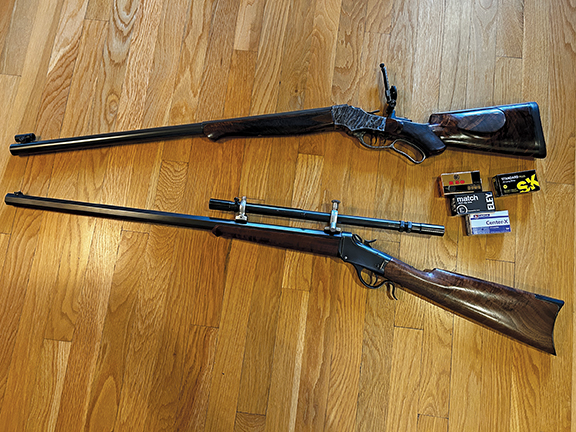
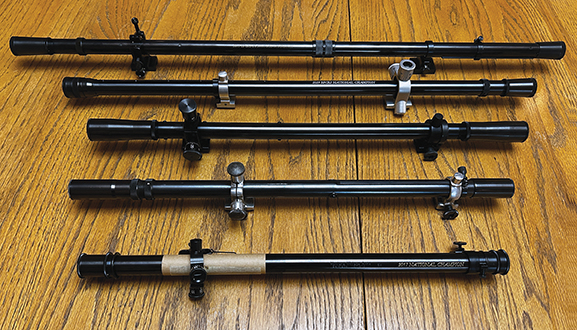
DZ Arms offers an 8-power silhouette legal scope in click-less Unertl mounts. This scope has enough elevation to shoot a BPC rifle to 1,000 yards, assuming a 7.2-inch spacing and correct blocks.
MATCH FORMAT
The match format is very similar to the big-bore matches. When shooting strings of one bank of five targets, unlimited sighters and five record shots are allowed for five minutes, plus a 15-second ready period. Three minutes and a 15-second ready period are allowed for the second and third banks, since sighter shots are not allowed for the second or third bank when shooting a 60-shot match. BPCRA matches move along at a faster clip than BPCR matches. Some clubs’ match format is to shoot a bank of 10 targets. In that case, the allowed time for unlimited sighters and record shots is eight minutes plus a 15-second ready period.
AMMUNITION & ACCURACY
The quality of .22 ammo today is quite impressive. Reading some of the prior writings by F.C. Ness, C.S. Landis, and Colonel Whelen indicate a far different world concerning accuracy than we have today. It includes better quality barrels and more precise machining and quality control. A single-shot .22 with a good quality barrel, using today’s available match ammo, makes for a highly accurate combination. Reports of 10-shot groups under or approaching one inch at 100 yards are not unheard of. I assume this is done under suitable conditions, with the shooter “on his game”. Even an average .22 rifle shooting 10-shot groups of 1½ inches at 100 yards is adequate for 22 BPCRA if the shooter has some wind reading ability.
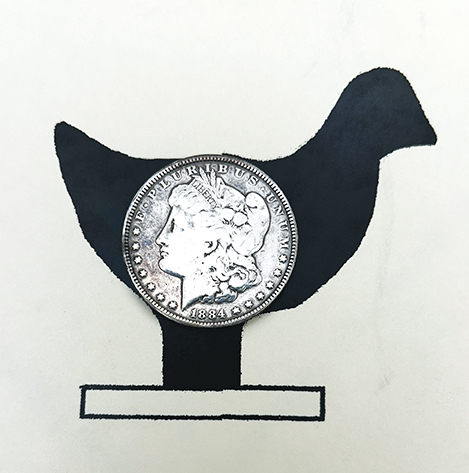
The best way to improve your game is to use quality match ammo. Yes, it is expensive; there are no bargains when purchasing quality .22 ammunition. The top three ammunition used at the 2024 National Championships were Lapua, Eley, and RWS. Lapua was almost two to one over the next most popular. Hypervelocity ammo is not permitted in most matches. This speedy ammo can damage the silhouette targets and that ammo has no advantage, as it comes in a very distant second to match ammo in terms of accuracy.
Match ammo in 22 Long Rifle is generally at or slightly below the speed of sound or 1,125 ft/sec at 68 degrees Fahrenheit (343 meters/second at 20 degrees Celsius). Above the speed of sound is “supersonic”, and below the speed of sound is “subsonic”. When dropping from supersonic to subsonic velocity, the bullet is subjected to turbulence and instability; subsonic ammo avoids this. For example, two brands of ammunition that shoot very well in my rifles, RWS R50 and Eley Match, are rated at 1,089 ft/sec and 1,053 ft/sec, respectively. Better quality .22 ammo will have a lot number and include the velocity stamped on the box. The best way to find the best ammo for your rifle is through “lot” testing. Once you find the lot that performs in your rifle, purchase enough to last two or three years of matches. I recommend only testing if the vendor has a significant amount of ammo available and then testing it quickly. I have lost out on several excellent lots by not promptly contacting the vendor for purchase. However, a word of caution: not all .22 ammo follows the specified velocity. Part of this could be due to the longer barrels used in BPCRA. I have heard some discussion about ammo being tested in 16-inch barrels, and our longer barrels resulted in lower velocities since the bullet was coasting in the last half of the barrel. Well, that is not entirely correct. As part of this article, I decided to chronograph some of my available ammo to see what velocity I obtained from a 26-inch barrel; see Table 1.
I was surprised that the velocity of my most accurate ammunition (RWS R50) was at 1,160 fps when tested from a 26-inch barrel, well over the 1,089-fps published velocity. Perhaps the additional velocity is why the ammo works so well at 150 and 200 meters. All things being equal, higher velocity should result in less vertical dispersion but at the cost of increased wind drift. Conversely, lower velocity will increase vertical dispersion with less wind drift. It is possible to read and adjust for the wind, but it is impossible to predict random vertical dispersion.
Again, discussing RWS R50 and reviewing the speed of sound in Table 2, at a measured velocity of 1,160 fps, it is 20 fps above the speed of sound at 80 degrees Fahrenheit. Perhaps that is not detrimental to accuracy. Some new long-range ammo like Norma Extreme, SK Long Range Match, Eley Ultra Extreme Long Range and Lapua Super Long Range all list velocities from 1,100 to 1,165 fps. I did not locate any information on barrel lengths for the stated velocities, but this is in the same range as RWS R50 out of a 26-inch barrel. Having .22 ammo specifically for long-range shooting is exciting and worth testing in your rifle. Being right at the speed of sound or slightly over for a given temperature is not detrimental. I have read interesting “Mach trimming” articles about .22 ammo and velocities. In a nutshell, when shooting ammo right at the speed of sound, the velocity of some shots will be slightly over and some shots slightly under the speed of sound. The shots slightly over the speed of sound encounter more resistance and slow down quicker than those just under the speed of sound, resulting in less velocity variation down range.
One alternative to buying expensive .22 ammunition is using mid-priced ammo for practice and your very best ammunition for big matches. On occasion, a “lot” of moderately priced ammo can be found that shoots well in a particular rifle. However, this can be a long road and involves significant testing. Some popular mid-priced ammunition are the variations of SK and CCI Standard Velocity Target. I once located a particular lot of Wolf Match Extra that shot exceptionally well in my CPA Stevens. I used this ammo to win my first BPCRA National Championship. A very budget-friendly ammo with a significant following is Federal Auto Match, which has a velocity of 1,200 fps. I have used this ammo for 100-yard offhand practice, and my shots are on call. The ammo comes in a small milk carton-type container with 325 rounds.
SCORES AND CLASSIFICATION
The 22 BPCRA score classifications are the same as those in the big bore BPCR silhouette, with one exception. There is a Grand Master classification above Master. This additional classification was added to spread the shooters out more as the Master class became crowded. To break into Master Class (40-shot match), it is necessary to clean the prone targets and hit at least one chicken, scoring 31. Grand Master requires a score of 34. The scores for A, AA, AAA, Master, and Grand Master (40-shot match) are 0-20, 21-25, 26-30, 31-33, and 34-40, respectively.
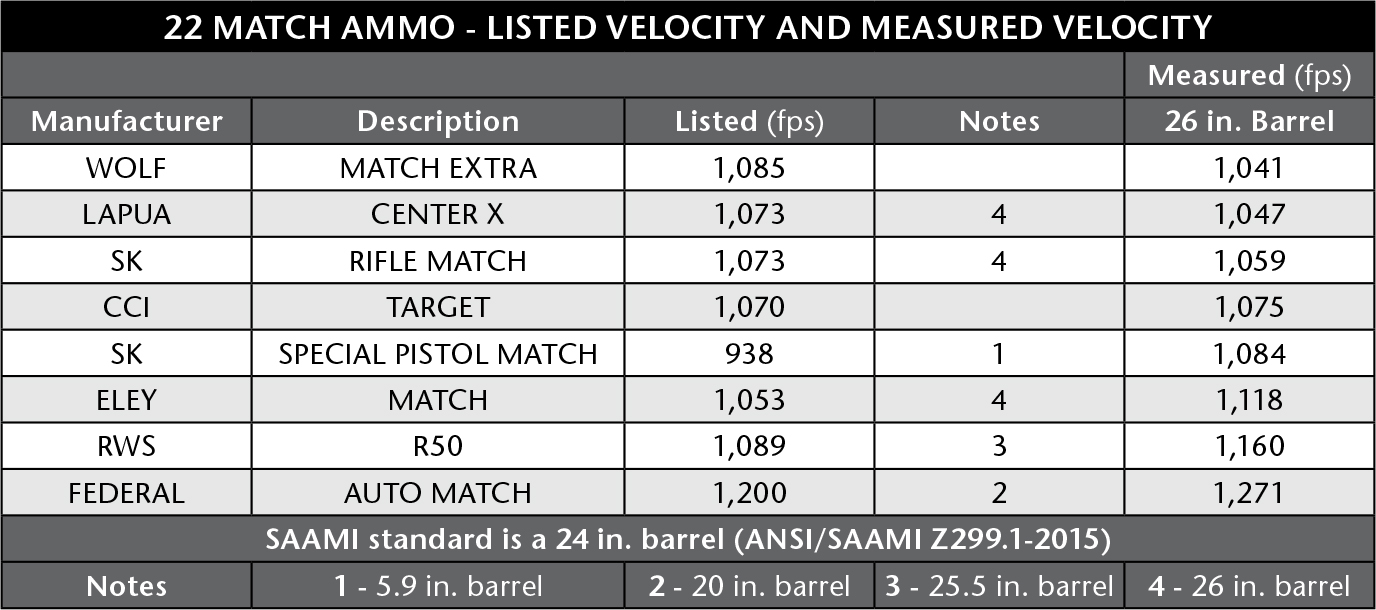
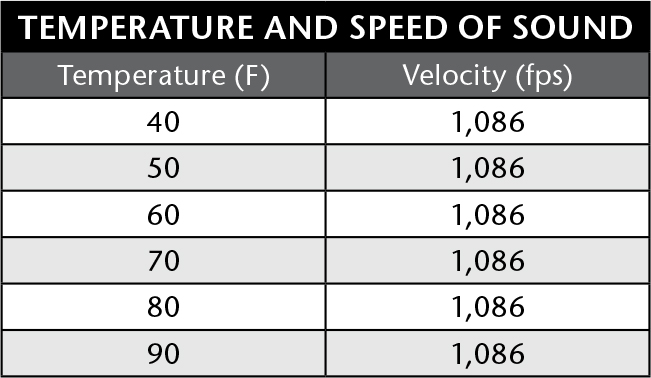
CONCLUSION
The 22 BPCR is a great sport that requires no bullet casting or reloading. Rifles are deadly accurate and have zero recoil. As an old friend of mine used to tell me, “Plan on getting outshot by women and children; it is all part of the fun.”


